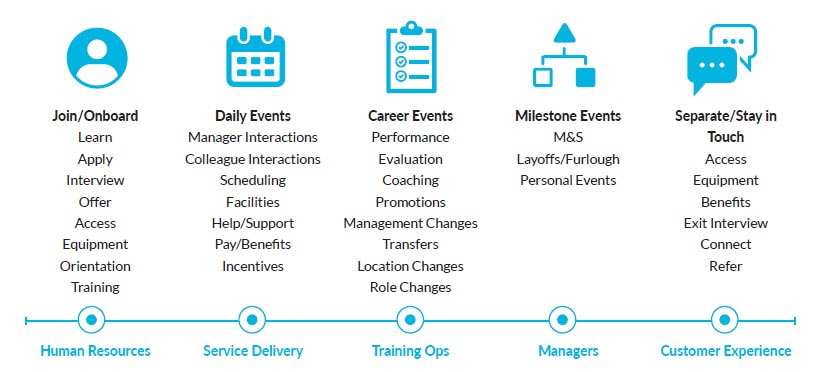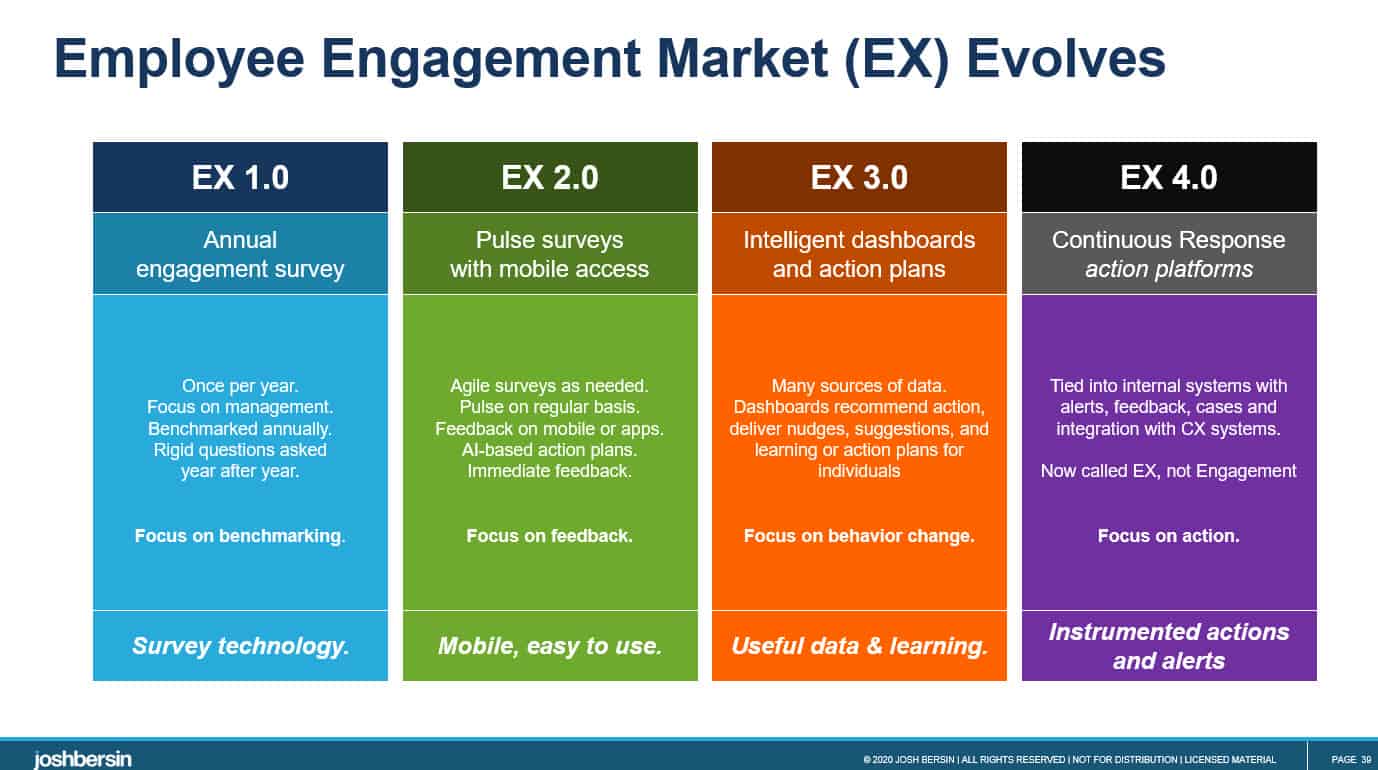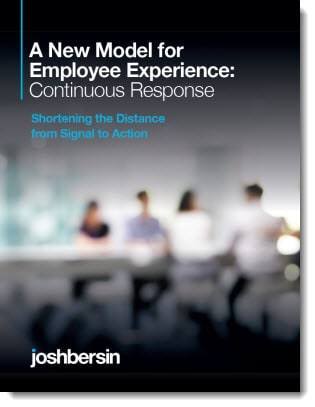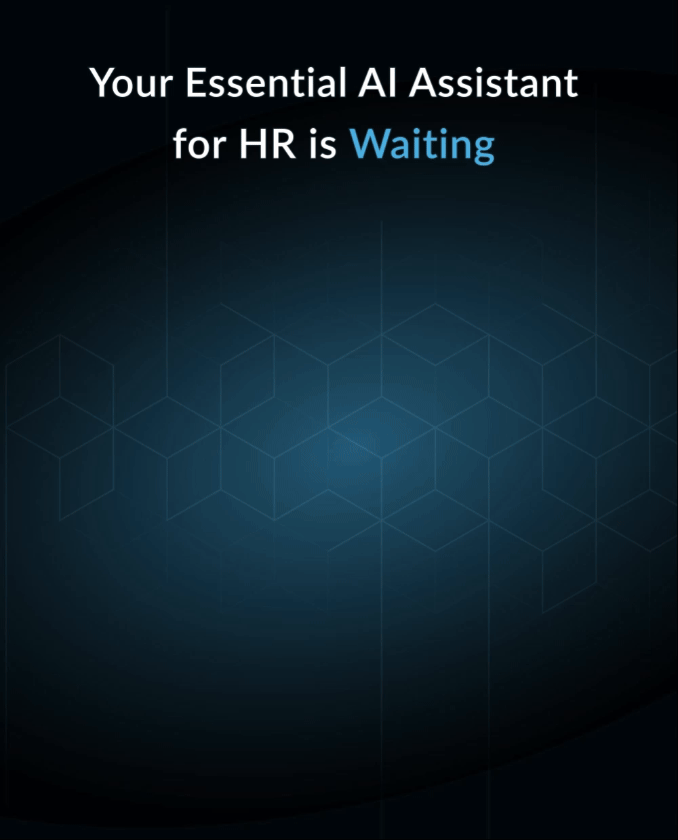Employee Experience 4.0: Shortening The Distance From Signal To Action
Something amazing is happening in the Employee Experience (EX) market: it’s advancing faster than ever. This year, driven by the Pandemic, work at home, and dozens of new programs for wellbeing, diversity, family support, and communications about the Pandemic, companies have gotten much better at delivering a meaningful, productive, employee experience. And this means the context has changed.
When the first concepts of EX were born, we talked about building employee journeys, using design thinking to study and empathize with employees, and identifying the “moments that matter” in an employee’s ongoing life at work.
Think about the number of issues employees face today. Is it safe to go to work and if so what mode of transportation should I use? How do I schedule a desk or workspace? If I’m still working at home, do I have the space, tools, and bandwidth to work well? What if I get tired or fatigued or just stressed out by all the bad news every day? And will my manager check in with me and help me succeed when everyone around me is worried, a little overworked, and trying to make things better?
While the EX agenda may have started in HR, it now spans everything from HR to IT, facilities, health and safety, facilities, and even finance and legal. All these functional areas are part of the employee experience, so they all have to be part of the company-wide EX Initiative. And EX is now an initiative: a company-wide set of programs and strategies that keep employees productive, safe, well, and aligned.
 |
In the pandemic, EX even goes further. Hyatt Hotels sends out a daily five-question survey to all employees and uses the response data to show location managers local hotspots in employee health, safety, team, or HR issues. They integrate this data with customer data for each hotel or resort, so they can immediately see how EX has an impact on CX (Customer Experience).
I also know that most large companies are working on Safe Workplace programs. These are new, integrated strategies that bring together self-attestation, travel and meeting schedules, badge readers, Outlook calendars, and lots of other data to identify where people are, who needs to schedule a desk, who people are meeting with, and what to do if a virus outbreak occurs. And companies are adding wellbeing and mental health to these programs. The whole Safe Workplace Program is basically a massive EX initiative.
Well I’ve studied this space a long time, and it’s now entering the fourth stage. In this era we don’t just send surveys to collect data: we collect signals in many forms, we analyze it in real-time, and we send it to the right person in the company who needs to take action. I call this the “Continuous Response” phase of EX, and I think it’s the next wave.
 |
What Does Continuous Response Mean?
Think about how your company deals with customers (CX). You probably have a market segmentation process that helps you target certain audiences; you interview and survey and communicate with them; you buy targeted marketing tools to send advertisements and promotions; you get warm leads and you listen to what people are saying. Then when they buy things, you survey them to ask them about the buying experience; you have focus groups to understand what they like about your product; you interview them about product features; and you do lots of net promoter scores to see how well they like your website, service, support, and pricing.
It took more than 30 years for the CX market to develop all these ideas, methodologies, and tools. The same thing is happening with employees.
It’s not enough to survey people or get them on a conference call to ask them opinions. We have to collect all this information, analyze it, and send it to the person who needs to know. If it’s a harassment claim, it should go to legal; if it’s a broken PC, it goes to IT; if it’s a low performance rating, it goes to HR or the supervisor.
We just finished a year-long study of these issues, and it’s included in the research report “Shortening The Distance From Signal to Action.” In the report, you’ll read about how Wal-Mart, Johnson & Johnson, and Bank of America have implemented this kind of solution.
(J&J, for example, takes all employee feedback issues and responds within 24 hours, then sends a survey to get feedback on the response, and follows up if the response was not adequate!)
Next week I’m doing a webinar with Medallia, one of the emerging leaders in this space. Come join me if you have time, otherwise, I encourage you to think about these issues and join our Big Reset Group.
We’re going to be digging deep into the new world of Employee Experience in our research, and we’d love your ideas, experiences, and suggestions.

